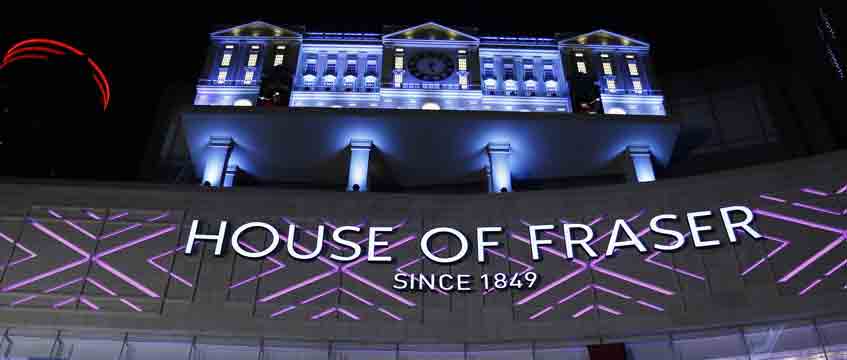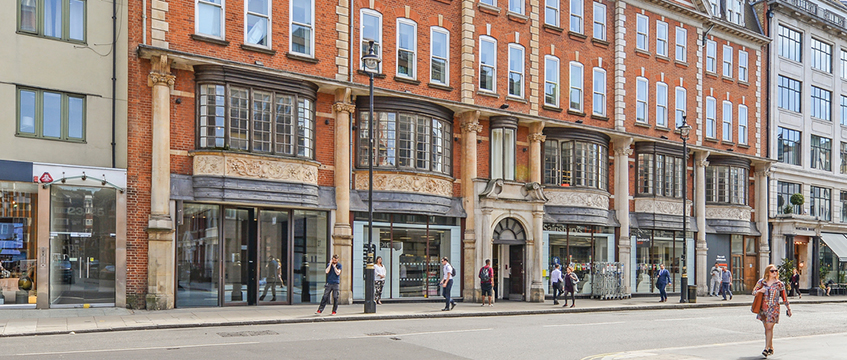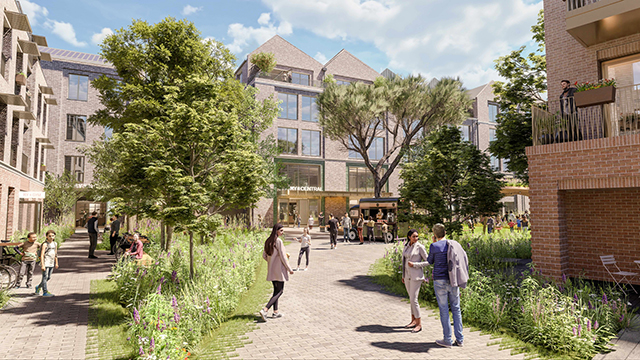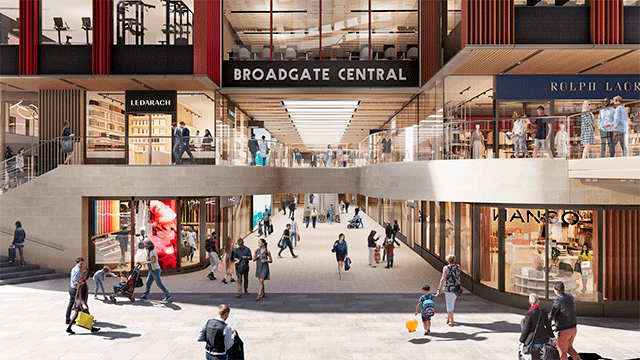COMMENT: The World Cup has finally arrived and football fans across the globe will rejoice in the unbridled ecstasy that weeks of non-stop action will bring, writes EG retail and industrial analyst James Child.
For most, the excitement and expectation will erode into anger and, finally, acceptance that behind the hope and blind faith, failure was always coming. Such emotions are being strongly felt in the retail market too – no more so than with the implosion of House of Fraser.
We’re on the ball!
Back in 1966, Sir Hugh Fraser succeeded his father as chairman of the company, which was initially founded in 1849, and set about expanding across the UK.
The same year of England’s first (and last) World Cup success, it carried with it a new wave of optimism: the music, the surge of modernity.
The department store had its place too – a hub in many UK towns for nouveau riche post-war consumers to shop. Department stores were extremely desirable. Everything was under one roof with different and new brands – a genuinely exciting proposition some 50 years ago.
There is no doubt this once-integral anchor of the high street continued to play a leading role all through the dawn of a new millennium and didn’t really have to change. Its USP remained the same as ever: a selection of premium brands, albeit at premium prices, but that ability to attract customers has since waned massively.
Everyone seems to know the score
House of Fraser’s decision to close 31 of its 59 stores as part of a CVA was not in isolation.
Debenhams posted an 85% drop in profits in April, formally suggesting it would exit around 25 of its locations and “right-size” a further 30.
Even the bastion and benchmark of UK retail, John Lewis, announced that its profits were down 77% and that staff would receive their lowest annual bonus since 1954. The writing has been on the wall for a while.
So what has happened to the fabled and once infallible department stores? Many of these questions are underpinned by myriad challenges met with middling inertia.
The portfolio of UK department stores have been met with underwhelming investment and, in fact, haven’t really changed over the past 30 years.
They are out of fashion too – not terrible, but not quite good enough to engage the pull factor from consumers, who are increasingly exposed to innovative retail concepts on the high street. One way to pull consumers in has been to enter a discounting cold war with each other, which brings footfall, but decreases revenues.
Using Radius Data Exchange, we know that many are locked into long-term leases, and most of them in huge units. For example, the average store size for House of Fraser is 113,000 sq ft.
We know the traditional lease looks different from 10 or 20 years ago, with retailers now opting for shorter lease lengths with more flexible terms. And on top of this, they will be paying premium levels of rent on those premises too.
The department store USP had slowly eroded with the implementation of technology. That concept of “all-under-one-roof” shopping has been replaced by, first, supermarkets and now the internet. Almost every £1 in every £5 spent in retail now comes through an online channel.
So the outlook for department stores is bleak, but the possible opportunity for retail, and specifically the high street, remains.
We still believe
With the retail sector still in the midst of a turbulent period, there is cause for concern, but the talk of the death of the high street is premature.
According to Radius Data Exchange, so far in 2018 around 11m sq ft of space has (or is set to be) vacated by retailer administrations, CVAs and portfolio consolidations.
By comparison, throughout 2016 and 2017 we lost 8.5m sq ft – which included the disastrous dismantling of BHS.
We have also calculated that since then, 58% of all those stores have relet to new tenants.
Value and fashion brands are making the most of that second-hand space, with brands such as B&M and Primark making their mark.
What next for the vacant House of Fraser? Leisure operators may see this as an opportunity. Equally, we can expect to see subdivision of some of the units in shopping centres to create fit-for-purpose locations for retailers looking to operate from smaller space. Food and beverage chains may also see value in those central anchor locations.
The value sector may see potential too, though a lot will depend on which operators already have space within the radius of those stores that are set to become empty.
There is still a huge amount of belief from retail experts but as retailers continue to score own goals through a lack of modernisation and continue to be caught offside by not integrating technology, we will see more failures on the high street this year.
The department store, once a giant of the retail world, has surely had its day. They think it’s all over… well, it might be soon.
To send feedback e-mail james.child@egi.co.uk or tweet @jamesChildEGi or @estatesgazette











